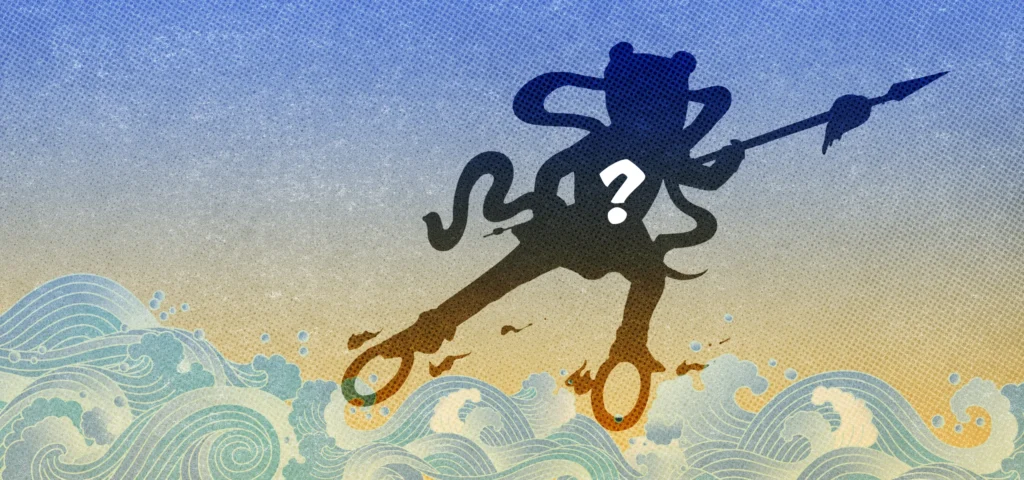Nezha’s Visual Legacy: His Enduring Iconic Image Compared to Western Icons
Introduction: Nezha, the rebellious deity from Chinese mythology, stands as a cultural icon with a visual legacy as powerful as Western mythological and pop-culture figures like Hercules or Superman. This article explores how Nezha’s image has endured through dynasties, art, and modern media, while drawing comparisons with Western counterparts to understand what makes his representation uniquely timeless and universally compelling.
From Myth to Modernity: Nezha’s Evolving Image in Art and Media
Nezha’s visual identity has undergone dynamic transformations—from ancient temple carvings to contemporary animations. Unlike Western figures like Thor, whose imagery is often tied to classical European art, Nezha’s depictions vary widely across mediums:
- In classical Chinese opera, he is adorned with colorful, stylized armor and a fiery wheel—symbolizing his divine energy.
- Modern anime and film adaptations, like the 2019 movie Ne Zha, reimagine him with bold, cutting-edge animation while preserving his core rebellious essence.
His adaptability ensures his relevance, much like how Spider-Man’s suit evolves with the times while retaining its symbolic impact.
Cultural Symbolism vs. Global Appeal: Nezha and Western Counterparts
While Western icons like Hercules embody strength and heroism in ways deeply rooted in Greco-Roman aesthetics, Nezha’s visual identity intertwines rebellion, spiritual transcendence, and filial piety. The comparison reveals cultural contrasts:
- Hercules reflects Western ideals of individualism through statuesque, hyper-masculine forms.
- Nezha employs fluid, almost androgynous designs, emphasizing spiritual purity over brute strength.
Despite differences, both retain international appeal—proof that visual storytelling transcends cultural boundaries when rooted in universal human themes.
Conclusion: Nezha’s visual legacy, like that of Western icons, thrives through reinvention while staying true to his mythological roots. Whether through classical art or digital media, his image bridges tradition and modernity, much like Batman or Zeus. By comparing these figures, we see how enduring icons balance cultural specificity with universal resonance—ensuring their place in global consciousness for generations to come.


